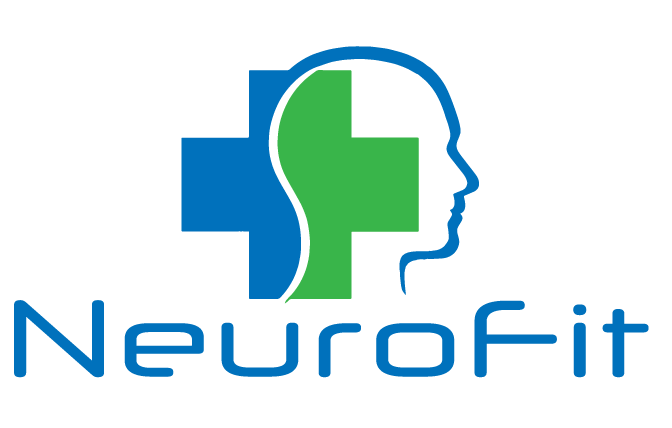Neurofeedback can help with ADHD in children, teens, and adults
Neurofeedback has helped thousands of children and adults with attention deficit hyperactivity disorder (ADHD), commonly called attention deficit disorder (ADD). If you’re concerned about your child taking the stimulant medications normally prescribed for ADHD, find out how Neurofeedback can help solve the problems without long-term medication.
Moreover, children with more significant attention problems may not gain much benefit from medications or behavioral interventions. People can also develop a tolerance to medications over time, resulting in increased dosages, additional medications, and potentially more side effects.
Unlike medication, neurofeedback actually retrains the brain, often resulting in significant improvement in ADHD/ADD symptoms. With neurofeedback, people learn to make long-term improvements in self-control and attention because their brain learns to make healthier patterns.
In many cases, the underlying causes of their ADHD symptoms may be due to anxiety, poor sleep quality, vision problems, a learning disability, or other conditions. We recognize that every individual is unique, and our assessment process helps identify why you or your child may be experiencing his or her specific behaviors. As always, our treatments are based on an assessment or your individual needs and brain activity.
Neurofeedback is based on a simple principle. “The brain emits different types of waves, depending on whether we are in a focused state or day-dreaming,” explains Siegfried Othmer, Ph.D., chief scientist at the EEG Institute in Woodland Hills, California. The goal of neurofeedback for ADHD is to teach the patient to produce the brain-wave patterns associated with focus. The end result is that some symptoms of ADHD, including impulsivity, distractibility, and acting out, diminish.
ADHD/ADD has been commonly associated with deviant activity in the frontal brain areas. The majority of research has demonstrated that patients suffering from ADHD/ADD show frontal theta excess (e.g. Arns et al., 2008) or a high frontal theta/beta ratio (e.g. Snyder et al., 2015). However, ADHD/ADD has also been associated with a number of other deviances, such as excess frontal beta (beta spindling; Clarke et al., 2001) and low alpha peak frequency (Arns et al., 2008). A large body of research has shown that neurofeedback is an effective treatment for ADHD/ADD (Arns et al., 2009). It has been shown that QEEG informed neurofeedback protocols for ADD are very effective, with a response rate of 76% and an effect size of 1.78 (Arns et al., 2012).
Call our office or complete the information below if you’d like to learn more
